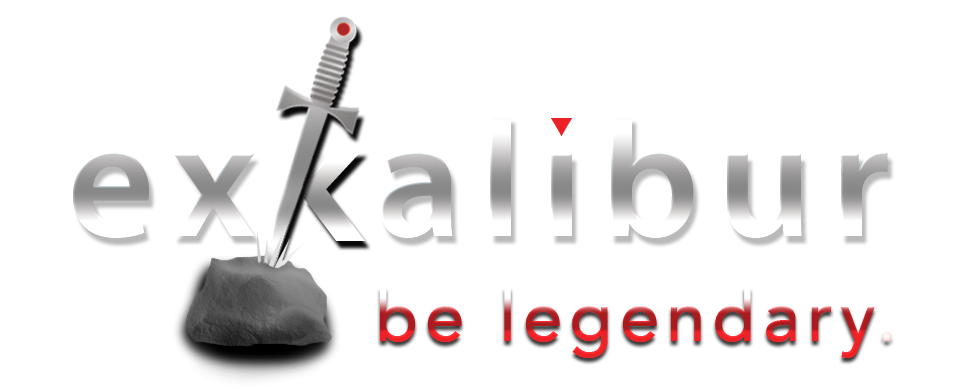The North Bay Business Journal, a publication of the New York Times, is a weekly business newspaper which covers the North Bay area of San Francisco – from the Golden Gate bridge north, including the Wine Country of Sonoma and Napa counties.
This page provides the Print-Friendly Version of the article, as published.
Any related materials or articles referenced in the column, or otherwise applicable, will also be referenced below:
**********************************************************************************
Article published -Monday, August 3, 2009
Building a Business: Hey, I’m profitable; so why don’t I have cash?
By Lary Kirchenbauer
Businesses must focus on inventory, accounts receivables to get answer
“Only when the tide goes out do you discover who’s been swimming naked.” — Warren Buffett
Victory … Defeat. Won … Lost. Revenues … Expenses. These are well-understood concepts among business executives. Profits … Cash? Oops, sorry. That may be the biggest conundrum among business leaders: If I’m making all these profits, why don’t I have more cash? My company generated $500,000 in profits this year, and we have only $10,000 in cash. We can’t pay bonuses or contribute to benefit plans without cash – where did it all go?
Most executives understand the P&L – but not the balance sheet
Most executives generally understand the profit and loss, or income statement, as Revenue – Expenses = Profit. If you understand that revenue is created when products or services are actually delivered to the customer, and that revenue and expenses should match, you will grasp the essence of the income statement.
Contrarily, my experience is that most business leaders have very little understanding of the balance sheet. Cash is not generated by revenue -profits are generated by revenue. Cash is generated when the sources of cash – cash inflows – exceed the cash that is used – cash outflows – which can only be determined with a cash flow statement and the balance sheet. While business leaders recognize that accounts receivables are generated through sales, and inventory is purchased to support demand, they don’t grasp the collective results about the decisions that create assets and liabilities.
Where is the cash hidden on my balance sheet?
For these purposes, I’ll assume that you have a working understanding of the basic logic of double entry bookkeeping, and that Total Assets = Total Liabilities + Owners’ Equity. If not, there are many primers available that will provide a basic understanding of these principles; your accountant can also help you.
But what does this mean in layman’s terms? How does the balance sheet tell you where you’ve invested that cash and what sources you’ve used to support or finance those assets? Let’s look at a typical balance sheet:
Where is your cash? It’s invested in other assets. Based on your payment terms to customers and your purchasing and inventory practices, there is $1 million invested in accounts receivable and $2 million in inventory. Your vendors are helping to finance those assets in the amount of $750,000. You’ve also effectively borrowed $250,000 in accrued expenses, by not having to pay for taxes due, payroll and other miscellaneous items until a later date.
How do I finance AR & Inventory ?
Still, with that $1 million of financial support, there’s a significant gap of $2 million to finance current assets (excluding cash). Since the accumulated profits and investment capital also aren’t enough to support those assets, this company had to rely upon its bank, or other lenders, to finance the balance. The bank provided $1 million on a short-term basis, which is due in the next 12 months, but that’s still not enough to support the $3 million investment in accounts receivable and inventory. An additional $1 million is needed to fill that gap, which in this case was borrowed on a long-term basis, along with an additional $1 million to support the fixed assets of $2 million.
Profitability is NOT equal to liquidity!
In summary, the historical profits of this sample company have not resulted in much liquidity. One approach to uncover that cash is to evaluate the cash operating cycle. (You can visit www.pressdemocrat.com/article/20080714/BUSINESSJOURNAL/132689427 to learn more about how to make that analysis). You’ll likely find that your working capital has declined, your accounts receivable collections aren’t strong enough and you haven’t managed your inventory to keep it in line with a reduced level of sales across various product categories. It simply takes too long between the time you purchase inventory and collect the proceeds of the sale of that inventory … and every day it takes, ties up more cash. The place to find most of that cash is usually to convert AR and inventory to cash more quickly. There are other ways as well, including the sale of unproductive fixed assets to tighten up the balance sheet even when the current value is below book value.
A full understanding of your balance sheet is critical to your financial success. By devoting time to understanding the intricacies – and power – of the balance sheet, you will uncover hidden sources of cash that will improve your liquidity and make those bonuses a more realizable goal.


